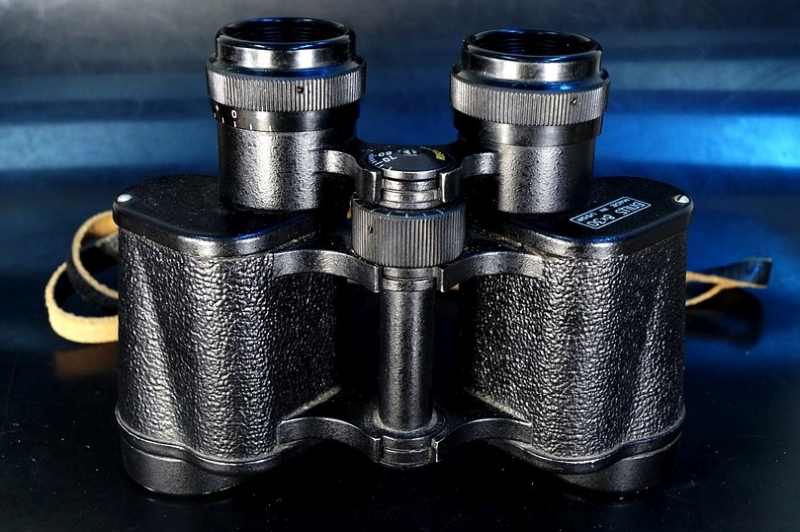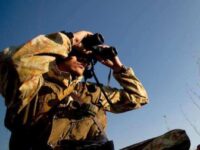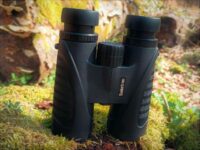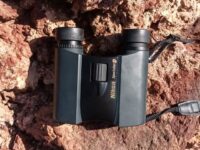As a skilled outdoors expert, whether you are a hunter, sailor, or bird watcher or have used binoculars professionally for many years, you probably know exactly how to tell a good pair of binoculars from a bad one.
But it is much harder for beginners to find their way around binoculars and to understand the various features, terms, and their importance in what makes a good set of binoculars.
Often the magnification is promoted as the most important criteria. But there are more essential features. The optical performance depends on high-quality glass, clever design, and precise workmanship.
Only when the properties of the glass, the coatings, and the mechanics harmonize with each other, will you get a good pair of binoculars, which produces high-resolution and sharp images without color distortion.
The nice thing about binoculars and their optical performance is that it entirely depends on physics and the laws of optics.
What to look for in a good pair of binoculars? Essential Features
Optical Glass
 Optical instruments are all about good glass and coatings, it’s what makes them work. The optical glass and its composition that make up the prisms and lenses of an optical instrument are the major factors that influence the brilliance and clarity of the images.
Optical instruments are all about good glass and coatings, it’s what makes them work. The optical glass and its composition that make up the prisms and lenses of an optical instrument are the major factors that influence the brilliance and clarity of the images.
On its way through binoculars, light has to pass through a fair bit of glass. The light that enters a lens, needs to find its way into, and through the glass molecular structure. On its way traveling through it, the light changes. This causes errors (aberration) of the projected images.
More precisely, Refraction, Absorption, and Transmission alter the light depending on the wavelength (colors) and the type of glass through which the light moves.
Designers of binoculars use various optical glasses with specific properties and combine those to virtually eliminate these errors.
The best glass types are Extra-Low-Dispersion Glass (ED), that’s a Calcium-Flouride Composite Crown Glass
Lens Coating
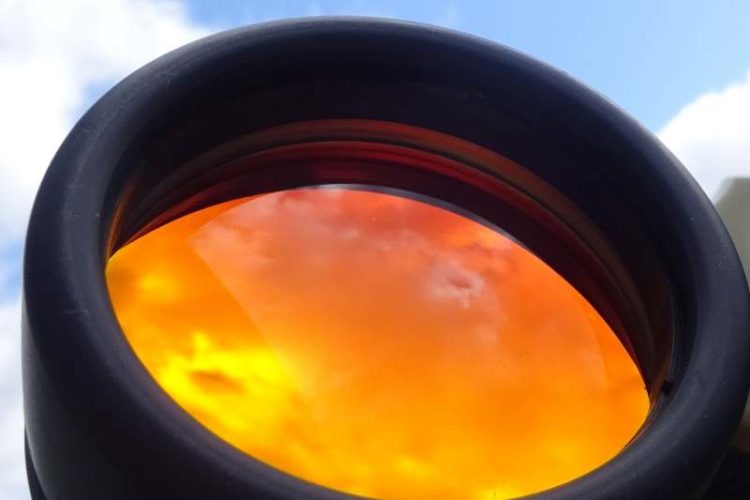 Just as important as using high-quality optical glass are the coatings of the glass surfaces. This reduces the loss of light when the light passes from one medium to another (air into glass)..
Just as important as using high-quality optical glass are the coatings of the glass surfaces. This reduces the loss of light when the light passes from one medium to another (air into glass)..
Glass may seem translucent to our eyes, but it is not for light. Some light is reflected most is transmitted. In regular glass around 5% of the incident light is reflected. Considering the number of glass-air transitions in binoculars, the amount of light that actually reaches the eye may be only 50 percent or less of what went in.
To minimize this effect, coatings are applied to the glass. Optical glass coatings consist of thin layers of metal oxides deposited to the surfaces of lenses and prisms. These substances have a low refractive index and thus reduce the light reflection on the glass surfaces and increase the light transmission.
Coatings range from a simple one layer anti-reflective coating, to fully multi-coated, and phase-correcting coating in premium glasses. High-quality coating and can increase the transmission to 95% or more, providing brightness and thus also the contrast and detail richness of the image.
There are other coatings like hardening the exterior lens for scratch-resistance and lotus effect to let water droplets roll off the glass surface
Prism systems
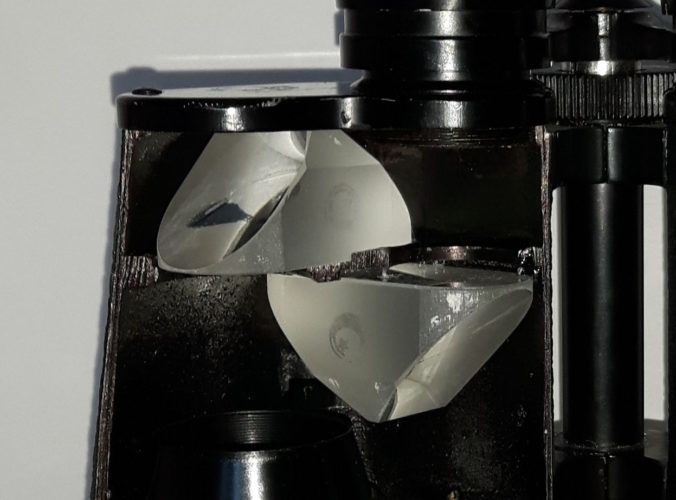 The binocular’s collection lens produces an upside-down and reversed intermediate image. The prisms have the task to correct the image again. In addition, they allow a reduction of the barrel length by the internal reflection of the beam path.
The binocular’s collection lens produces an upside-down and reversed intermediate image. The prisms have the task to correct the image again. In addition, they allow a reduction of the barrel length by the internal reflection of the beam path.
Here, too, the brightness of the projected images is reduced through reflection and transmission losses. This can be reduced by applying high-quality coatings to the surfaces of the prisms and by using quality optical glass.
The most widely used are the crown glasses BK7 and BaK4.
BK7 is a standard optical borosilicate glass, commonly used for lenses and prisms. Bak4 is a Barium crown glass with better properties, it has a higher transmission and provides better resolution and color-true images. Since BaK4 glass is more complex to manufacture than BK7 glass, this is often only offered in higher-priced models.
Magnification
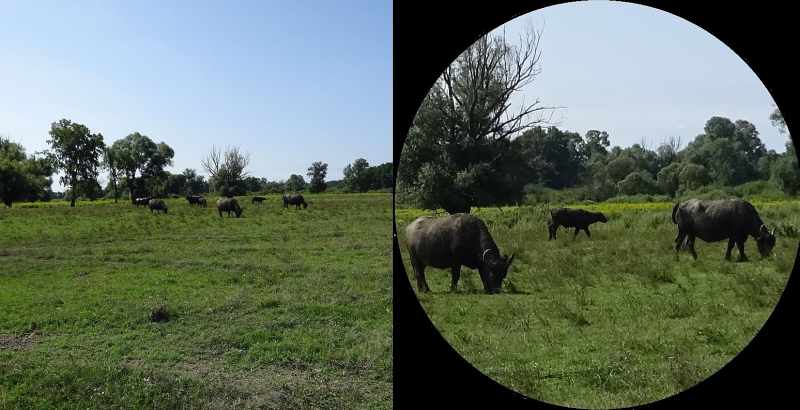 The magnification of binoculars indicates how much an object appears closer and larger. With a 10×42 glass, the object is magnified 10 fold, so if an object is 100 yards away, it appears only 10 yards away.
The magnification of binoculars indicates how much an object appears closer and larger. With a 10×42 glass, the object is magnified 10 fold, so if an object is 100 yards away, it appears only 10 yards away.
The smaller the magnification the larger the field of view. The larger the magnification the smaller the field of view.
The models with 8x or 10x magnification are the most popular. Smaller magnification than 8x makes sense if one needs to observe a large area as the lower-magnification offers the advantage of a larger field of view. A seafarer might scan for obstructions or a hunter can search out moving prey.
Binoculars with a larger magnification of 12x or more have a smaller field of view and allow seeing objects in more detail. Useful for birdwatchers or anyone who needs to get a detailed view of small distant objects. The disadvantage of large magnifications is to keep the binoculars steady, a tripod may become handy or buying a pair of binoculars with image stabilization.
Objective Lens
The front lens of the binoculars is called the objective lens. The second value of the binocular description e.g. 8 x 42 means that the front lens has a diameter of 42 mm.
The larger the lens diameter (aperture), the more light can be collected. The projected image can be of higher resolution, be richer in contrast, and will appear brighter.
Handheld binos range in aperture from about 20mm to just over 60mm. Anything wider becomes too heavy. Compact binoculars have lens diameters of about 20mm to 25mm, this is sufficient for use in good daylight.
An objective diameter of 30-42 mm is the most popular in binoculars. It enables excellent observation during the day and offers sufficient light gathering even in poor light conditions, such as twilight. 50mm and more are best for use in very poor light conditions at dusk or at night.
The brilliance and brightness of the projected images depend not only on the lens diameter but also very much on the type of glass used and the coating of the lenses and the prisms. Prime glass and lenses are high tech products and greatly influence the price of binoculars.
Exit Pupil
The diameter of the beam that exits the eyepiece and hits the eye of the observer is the exit pupil.
The exit pupil in optical devices is usually between 2 and 7 mm. Larger makes no sense because the pupil of the eye does not open more than 7 millimeters and even that far only in a young person’s eye. With age, the ability to dilate diminishes. Smaller than 2 mm makes no sense either as the projected images become too dark then.
The average diameter of the exit pupil of most binoculars is about 4 millimeters. Larger exit pupils are found in models that are designed for low light conditions, but even this only benefits people with young agile pupils.
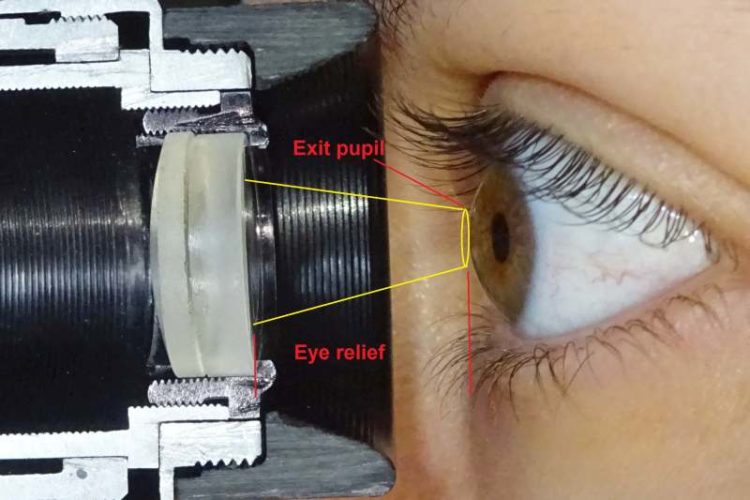
Eye relief
To be able to see the full field of view, the eye of the observer must not be too far away from binoculars. Otherwise, the projected image can not be fully seen. The maximum distance up to where the image can be fully seen is called eye relief.
Typically that distance is in most binoculars around 15mm, give or take a bit.
For binoculars to be used while wearing eyeglasses, enough eye relief is required to accommodate the extra distance the glasses add. This ensures the projected image is not being displayed in front of the eyes and can then only be partially viewed. Ideally is an eye relief of 16mm or more.
Field of view
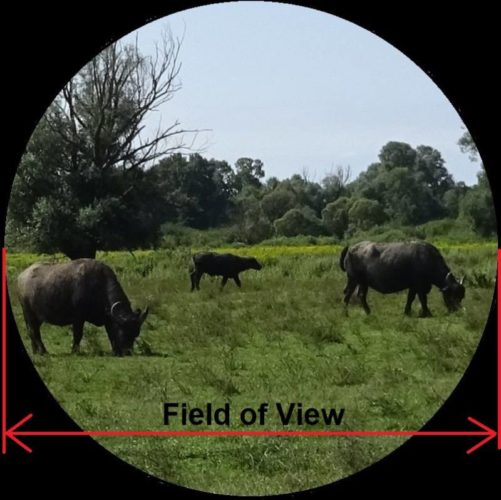 The field of view is the width of the image shown in the binoculars. It is usually expressed in degrees or in the width in feet (i.e. yards, meters) per 1,000 yards (or 1,000 meters) of the horizontal axis through the image.
The field of view is the width of the image shown in the binoculars. It is usually expressed in degrees or in the width in feet (i.e. yards, meters) per 1,000 yards (or 1,000 meters) of the horizontal axis through the image.
If the field of view is 120-yard then you seeing in 1000 yards distance only a 120 yards wide area
The stronger the magnification, the smaller the field of view, it is easier to observe objects in detail. Lower magnification results in a larger field of view, making it easier to survey a large area or track a moving object.
A wide field of view has also disadvantages. Spherical aberration and distortion near the edge of the images become more apparent. This can be compensated but the more complex optical construction, better coatings, and glass types will add to the cost.
Close focus
The idea of binoculars is to observe distant objects. Due to the design, it is not possible that binoculars can focus from 0 to infinity distance. There is a minimum focusing distance, the Close Focus. This is the minimum distance an object must away form the binoculars so it is still possible to focus on it. This can be as low as a couple of feet.
Most people might rarely never need close focus. However, it is an interesting feature for birdwatchers, nature observers or scientists who also like to observe birds, butterflies, insects and small creatures nearby.
The closes focus can not be easily calculated as it depends on many factors. One must refer to the specs and information provided by the manufacturer.
Twilight factor
The twilight number should give an indication of the performance of the binoculars in low light conditions. It is the square root of the product of magnification and lens diameter. TF=√M Do
Depending on the binocular specification, the value is somewhere between 5 and 25. The higher the value, the better the performance in low light conditions, and the brighter are the projected images.
The twilight number has always been an important criterion in how to tell a good pair of binoculars. However, today’s high-tech materials have added new variables that greatly affect the performance in low light. Technical details such as the type of optical glass, the anti-reflective coatings, and the type of prisms, all have a high influence on the transmission of light and thus on the performance of the binoculars.
Water resistance
Waterproof and anti-fog features are a great feature in any pair of binoculars. It protects from moisture and bad weather, in the mountains, out at sea, in the jungle… just about anywhere. Besides preventing water from entering, fog proofing prevents internal condensation of moisture due to temperature fluctuations. A problem that can be common with unsealed binoculars when bringing them into the house from the cold outside.
O-ring sealing and gas purging the interior of binoculars whit nitrogen or argon is a standard in most premium models.
Weight
Depending on where and how you use binoculars, the weight will be more or less important. If you are hiking and need the instrument only for occasional observations then lightweight compact binoculars are preferred.
Lightweight binoculars also have the advantage that you observe for a long time without tiring but they have the disadvantage that they are more prone to shaking and difficulty holding them steady.
In this respect, a heavier model is better as it will rest more steady in your hands and allows a blur-free viewing. The disadvantage is that one tires pretty quickly. From a weight of 3 to 4 pounds, a tripod recommends itself for watching.
The small compact binoculars weigh only about 7 to 10 ounces. The usual standard binoculars weigh about 2 pounds give or take, which is a good compromise for handiness and stability. Larger models for use in low light or astronomy may exceed 4 pounds.
So what is a good pair of binoculars?
We have seen that the performance of an optical device depends on a variety of features. Manufacturers need to address all of these in really good binoculars.
Buying an instrument that combines high-quality materials with the best workmanship is not cheap. But binoculars that cost less than $ 1,000 can also do well. Provided you pay attention to the essential features.
- The quality of the optical glass and its coatings must be considered first if your priority is a high transmission, color fidelity, image contrast, and sharpness.
- Then look at the magnification, the aperture of the objective, the field of view, eye relief, and the mechanics.
